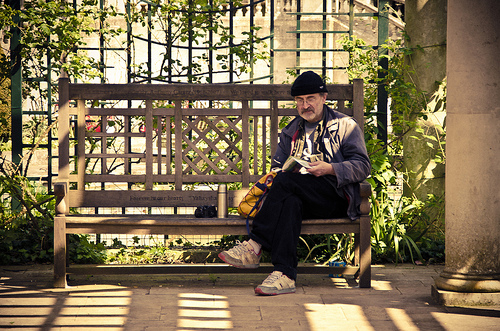Hill Gardens and Hampstead Pergola
If ever there was a piece of London that warranted the label of ‘forgotten’ it is surely the Hampstead Pergola. What was once a stunning example of modern grandeur and opulence is now somewhat faded with time, however, it very much remains one of the city’s undiscovered gems. If you are looking for a quiet and thoughtful place to catch your breath after a hectic tour of the city, or are seeking a spot where inspiration can come unbidden, then this is it. Though essential the pergola is nothing more exciting that a walkway that has succumbed to the vines and flowers that have laid claim to its structure. Its location, amidst stunning and often dramatic gardens, makes it a definite point of interest.

The House on the Heath
The pergola was the idea of Lord Leverhulme. He purchased a rather large and stately town house on Hampstead Heath, a house which he named ‘The Hill’. Not content with just owning the house and land that came with it, over the next few years he expanded his property, buying up the surrounding land and turning his rather grand town house into something of a legacy estate. He made the decision to build a structure on this land that would stand the test of time and remain as testament of his wealth and importance to the generations that followed him, and the idea for the pergola took shape. The pergola was to be the central attraction at the opulent garden parties yet also the place where he and his elegant Edwardian family could spend time together of an summer evening enjoying the splendour of the gardens.
Early Recycling
In order to create a design fitting with the stature of Lord Leverhulme he employed the services of world renowned landscape architect; Thomas Mawson. Such an extravagant building required a large amount of construction materials but rather than have them transported in from what would end up being a great and very expensive distance, Mawson took advantage of his surroundings and looked to the site of the Northern Line which was being extended to Hampstead Heath at the time. The earthworks that the railways builders were doing to create the underground tunnels meant that they had a rather large surplus of earth, known as spoil, that they needed to find a place for so Mawson, seeing the advantage had the spoil shuttled across to the estate where he used it very successfully in the creation of the beautiful landscape gardens that surround ‘The Hill’.
Construction of the Pergola was fairly rapid, only taking a year and was completed in 1906. However as more land was bought up and the gardens expanded the pergola was extended to suit its larger surroundings both in 1911 and 1925. Sadly after the death of Lord Leverhulme the pergola was not maintained and fell into disrepair and today stands a mere shell of its former self. However the once opulent walkways have been filled with something else over time, atmosphere and a sense or eeriness that is hard to define.

